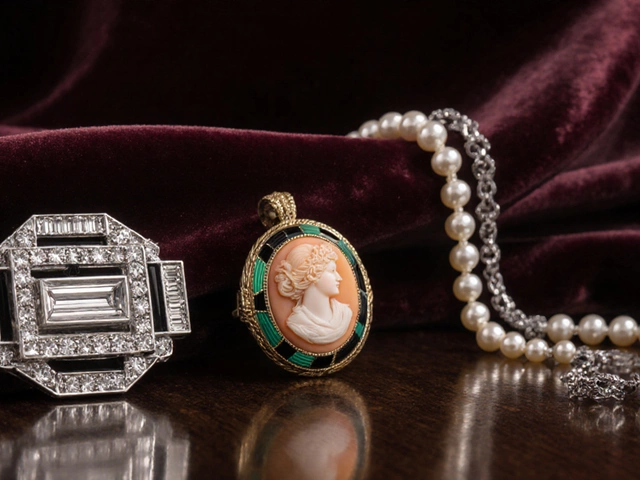nose jewelry fit
When thinking about nose jewelry fit, the way a nose ring or stud sits on your skin, influenced by size, shape and comfort. Also known as nose ring sizing, it decides whether the piece feels flattering or irritating.
Choosing the right piece starts with understanding nose pin designs, styles ranging from tiny studs to elaborate hoops. The design you pick should complement your face shape, whether you have a round, oval, heart or square profile. A narrow stud usually works best for a delicate face, while a slightly larger hoop can add balance to broader cheekbones. At the same time, the color of the metal matters: matching the tone of your skin tone, warm, cool or neutral undertones ensures the jewelry enhances your natural glow instead of clashing.
How to Choose the Right Fit
Good nose jewelry fit requires three things: a proper gauge that doesn’t stretch the nostril, a length that sits comfortably against the skin, and a style that works with your daily routine. If you have an active lifestyle, lightweight materials like surgical steel or titanium reduce irritation. For special occasions, gold or rose‑gold pieces can add a touch of luxury, especially when paired with clothing colors that complement gold. Remember, a snug but not tight fit prevents infections, while a loose fit can slip and cause pain. Below you’ll find articles that dive deeper into each of these angles, from choosing the best nose pin for your face shape to caring for your nose piercing afterward.

Nose Ring Size Guide: How to Tell What Size Nose Ring You Have
Struggling to figure out your nose ring size? This guide explains how to measure your nose jewelry, what measurements matter, and why size really does affect comfort and style. Get tips for handling tiny dangly pieces, spot sizing mistakes, and learn why buying by guesswork usually backfires. You’ll also find smart hacks for measuring at home with simple tools you probably already have.
read more





